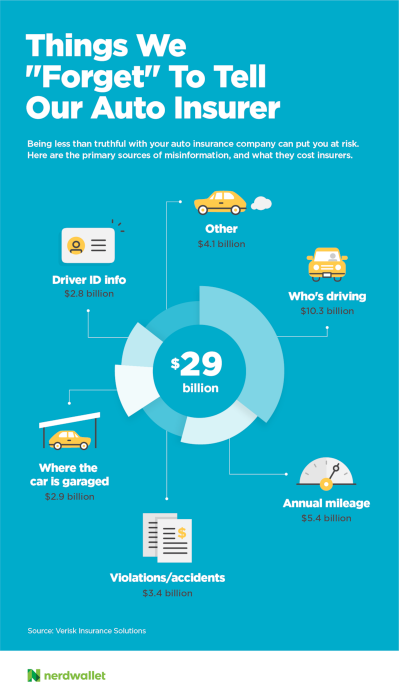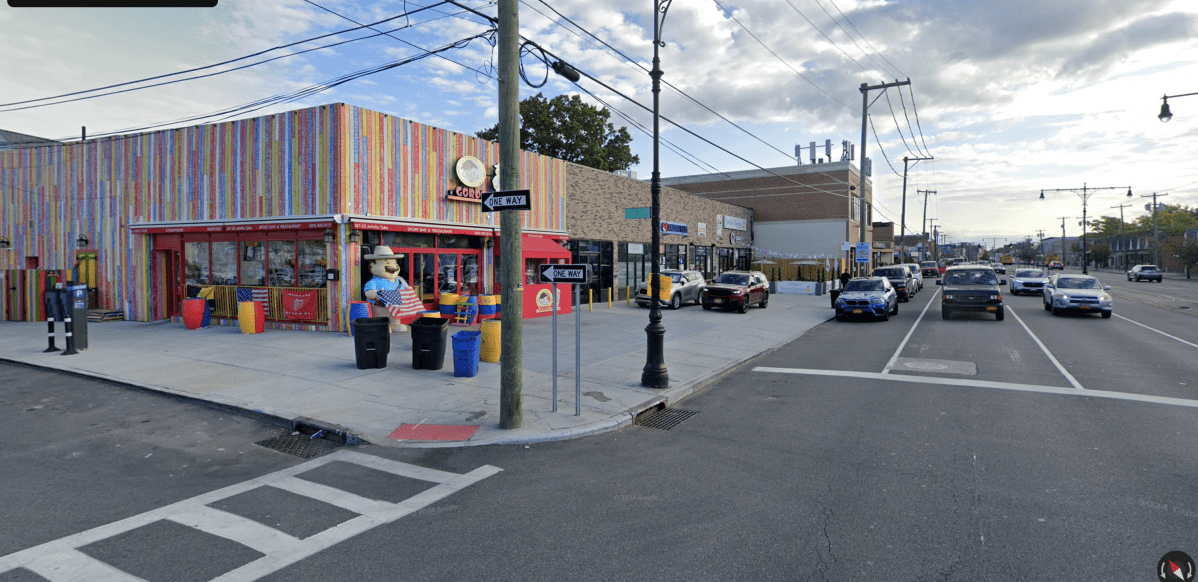If something goes on sale after you bought it, don’t kick yourself. You won’t necessarily have to eat the cost of your inopportune timing. Here are some options for getting money back.
Ask for a price adjustment
If you spot a lower price within a few weeks of purchase, you’ll often be able to get the difference refunded by going directly to the retailer. Target, Kohl’s, Macy’s, Wal-Mart and Best Buy are a few stores that offer price adjustments. While some retailers match competitors’ prices before purchase and only their own prices afterward, Target will match select competitors’ prices up to 14 days after you buy. To make the process even easier, download Paribus, an app that monitors price reductions and sends price adjustment requests to retailers on your behalf.
Keep your receipts handy in case the store requires them. If you made your purchase online, make note of your order number before contacting the site.
For travel purchases, it pays to make a phone call. For instance, if hotel room rates change prior to your stay, you can ring the front desk and ask to have your bill adjusted to the new, lower rate. Or cancel your reservation and book again if prices drop — as long as you’re within the cancellation window, won’t face a fee and haven’t prepaid, says Rick Seaney, CEO and founder of travel website FareCompare. Always read the fine print. Take advantage of price protection
Credit cards offer another approach to getting a refund through price protection. If your card has this feature, you’ll usually need to register items after you buy them with the card, then submit a claim form if you notice a price drop. For instance, Discover cardholders can file a claim to get back up to $500 on eligible items if they find a lower price within 90 days of purchase. Citi has Citi Price Rewind, a price protection program that searches over 500 retailers’ online sites for 60 days after purchase. If Citi finds a lower price on a registered product, you can get a refund for the difference up to $500 per item and up to $2,500 per year. Some purchases, like refurbished items and food, don’t qualify. So whether it’s monitoring prices for a few weeks after you buy, calling a merchant or registering a purchase on your credit card, putting in a little extra time can equal some extra money.
Courtney Jespersen is a staff writer at NerdWallet, a personal finance website. Email: courtney@nerdwallet.com. Twitter: @courtneynerd. This article was written by NerdWallet and was originally published by USA Today. The article How to Take Advantage of Post-Purchase Price Drops originally appeared on NerdWallet.























